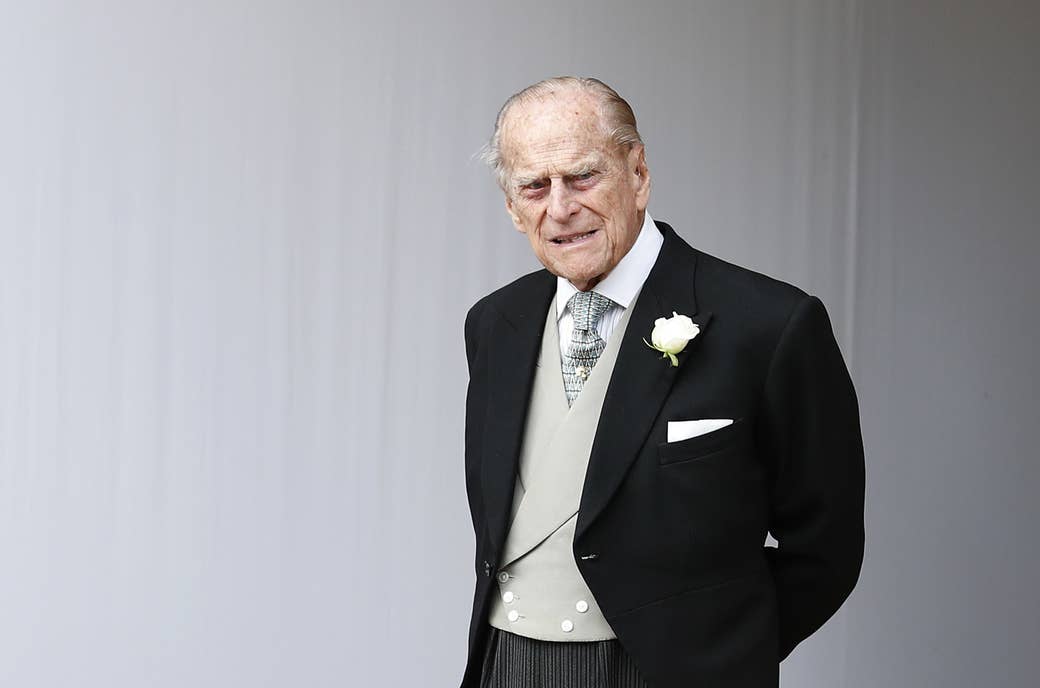
Prince Philip — the Duke of Edinburgh, husband of Queen Elizabeth II, and a central figure in British public life for almost three-quarters of a century — has died, the royal family announced Friday. He was 99.
“It is with deep sorrow that Her Majesty The Queen announces the death of her beloved husband, His Royal Highness The Prince Philip, Duke of Edinburgh,” Buckingham Palace said in a statement. “His Royal Highness passed away peacefully this morning at Windsor Castle. Further announcements will made in due course. The Royal Family join with people around the world in mourning his loss.”
The prince had been admitted to the hospital earlier this year to receive treatment for an infection and surgery for a preexisting heart condition. He was released in mid-March.
It is with deep sorrow that Her Majesty The Queen has announced the death of her beloved husband, His Royal Highness The Prince Philip, Duke of Edinburgh. His Royal Highness passed away peacefully this morning at Windsor Castle.
Married for more than 70 years, Philip was the longest-serving royal consort in British history. He was by his wife’s side as she oversaw a country and a royal family that has been transformed wildly from when she first assumed the throne in the early 1950s.
“He has, quite simply, been my strength and stay all these years,” the Queen said in 1997, in a speech to mark their 50th anniversary, “and I, and his whole family, and this and many other countries, owe him a debt greater than he would ever claim, or we shall ever know.”
Together, the pair had four children — Prince Charles, Princess Anne, Prince Andrew, and Prince Edward — as well as eight grandchildren and 10 great-grandchildren.
Philip completed more than 22,000 solo public engagements, gave almost 5,500 speeches, made more than 600 foreign trips, and was involved in more than 780 organizations and charities during his extensive time in public life. He often jokingly referred to himself as “the world’s most experienced plaque-unveiler.”
The occasionally gaffe-prone prince finally officially retired from his royal duties in 2017, at the age of 96, although he continued to be seen at weddings and other events.
Theresa May, the former prime minister, said at the time of the prince’s retirement that the UK owed Philip their “deepest gratitude” for his many years of service to the country: “From his steadfast support for Her Majesty the Queen to his inspirational Duke of Edinburgh Awards and his patronage of hundreds of charities and good causes, his contribution to our United Kingdom, the Commonwealth and the wider world will be of huge benefit to us all for years to come.”
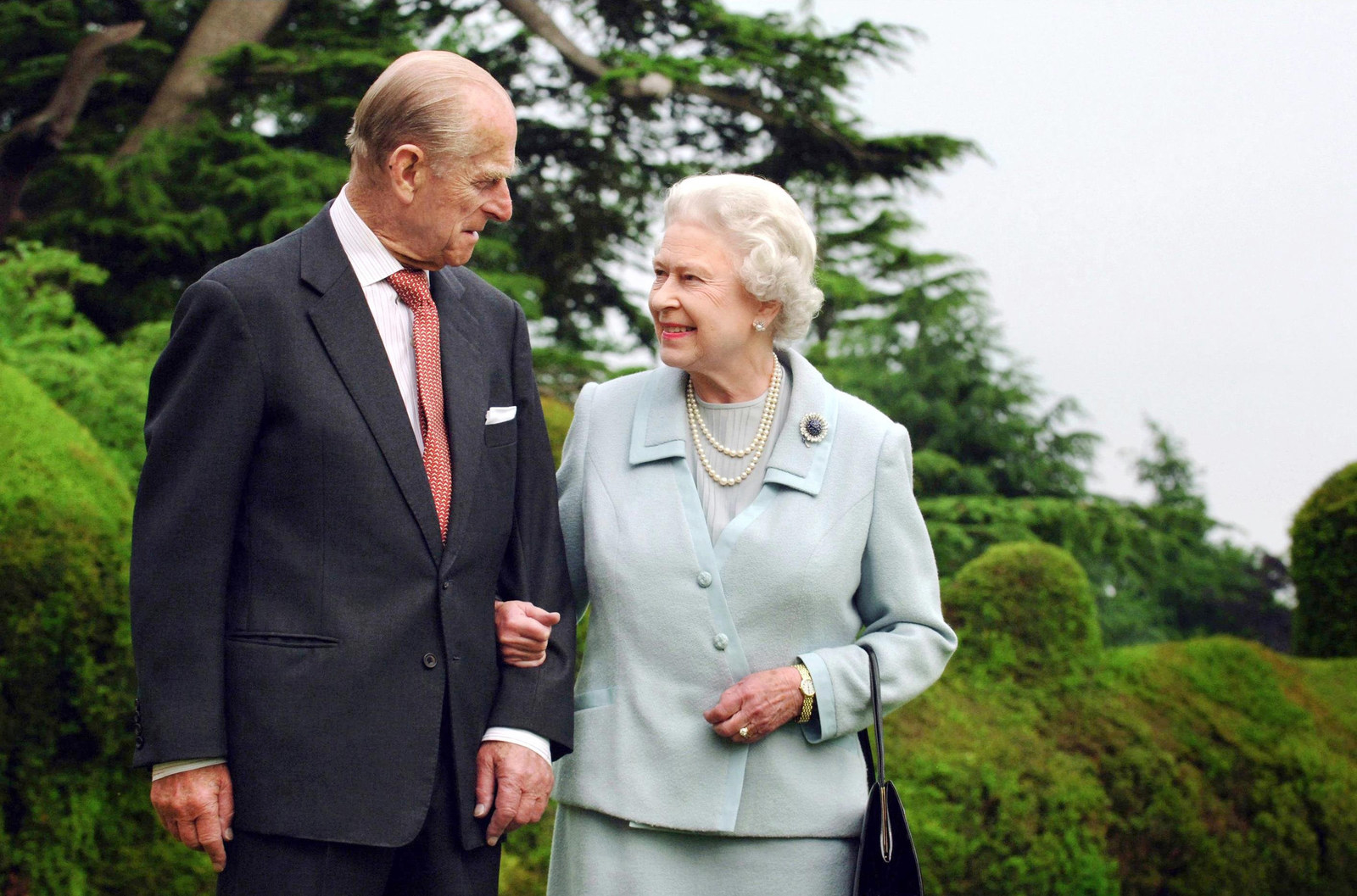
Born on a dining room table on June 10, 1921, in Corfu, Greece, Philip was the only son of Prince Andrew of Greece and Princess Alice of Battenberg. He was the youngest of five children, with four older sisters.
Following a coup, his family left Greece in December 1922 after his uncle, King Constantine I, abdicated. The young prince was spirited away in a crib fashioned out of a fruit box. The exiled family initially moved to France before spreading out across Europe. With his mother institutionalized with schizophrenia, Philip was sent to numerous schools, including Cheam prep school in England, Schule Schloss Salem in Germany, and the Gordonstoun School in Moray, Scotland. “I just had to get on with it,” the prince later said, of his tumultuous childhood.
Throughout this time, Philip is said to have rarely seen his parents. Toward the end of his childhood his uncle, Lord Mountbatten, was believed to be his main guardian. Two of his sisters married members of the Nazi Party, and when one died in a 1937 plane crash, Philip was photographed marching along with Nazis in her funeral procession in Germany. The prince himself, though, was never a member of the Nazi Party. Indeed, after school, Philip attended Britannia Royal Naval College in Dartmouth, Devon, before fighting the Axis powers in World War II.
It was while he was at the naval college that Philip was asked to show 13-year-old Princess Elizabeth and her sister, Princess Margaret, around during a visit by their father, King George VI, in 1939. (The two had first met as children at a 1934 wedding.) Following the encounter, Philip and Elizabeth, distant cousins, kept in touch and years later formed a relationship.
With the outbreak of World War II, Philip was persuaded by his uncle to join the navy, rather than the air force. “It seemed easier to join [the military] than be called up,” he told the BBC in 1995. “It was inevitable that I was going to be in one of the services during the war. People of that age — we just did. But, I mean, before that it hadn’t really occurred to me. I had vaguely thought, What could I do? Bit difficult being stateless.”
In 1941 he worked aboard HMS Valiant in the Mediterranean, and in 1944 he rose to the rank of first lieutenant. He was on hand to witness the Japanese surrender in Tokyo Bay in 1945, as well as the Allied prisoners of war being released to British ships. “These people were naval people. They were emaciated ... tears pouring down their cheeks, they just drank their tea, they really couldn’t speak,” he later recalled. “It was a most extraordinary sensation.”
After the war, the prince eventually returned to the UK, but the Telegraph reported that in letters to Princess Elizabeth he said he was “still not accustomed to the idea of peace,” claiming to be “rather fed up with everything and feeling that there was not much to look forward to and rather grudgingly accepting the idea of going on in the peacetime navy.”
By the summer, though, his relationship with the future monarch had blossomed, and he wrote in a later letter, “To have been spared in the war and seen victory, to have been given the chance to rest and to re-adjust myself, to have fallen in love completely and unreservedly, makes all one’s personal and even the world’s troubles seem small and petty.”
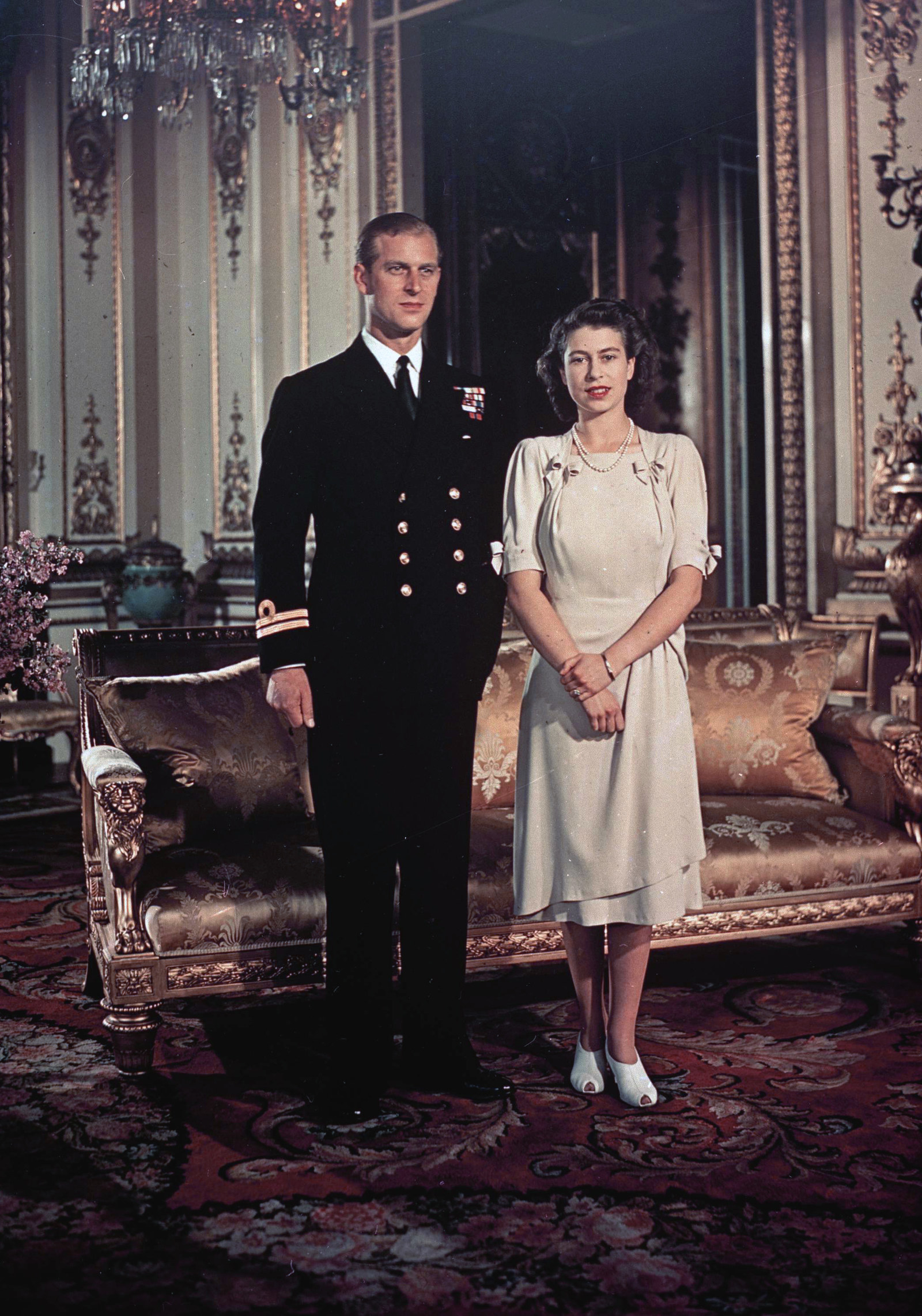
Foreign-born and an exiled royal, Philip was a controversial choice as a husband for the future Queen, but love won out. Philip and Elizabeth were engaged in 1946, although the princess’s father, George VI, asked for the announcement to be delayed until after his daughter’s 21st birthday, so the news was only made official in July 1947. Around this time, Philip renounced his Greek and Danish royal titles (his father was the grandson of King Christian IX of Denmark) and became a British subject, adopting the surname Mountbatten.
On Nov. 20, 1947, Philip and Princess Elizabeth were married at Westminster Abbey in a ceremony broadcast on radio to 200 million people around the world. Some 10,000 congratulatory telegrams were sent to the couple, while the newlyweds also received more than 2,500 wedding gifts. Just before the marriage, Philip was officially given the title of Duke of Edinburgh. (The Queen ultimately bestowed the title of prince upon him in 1957.)
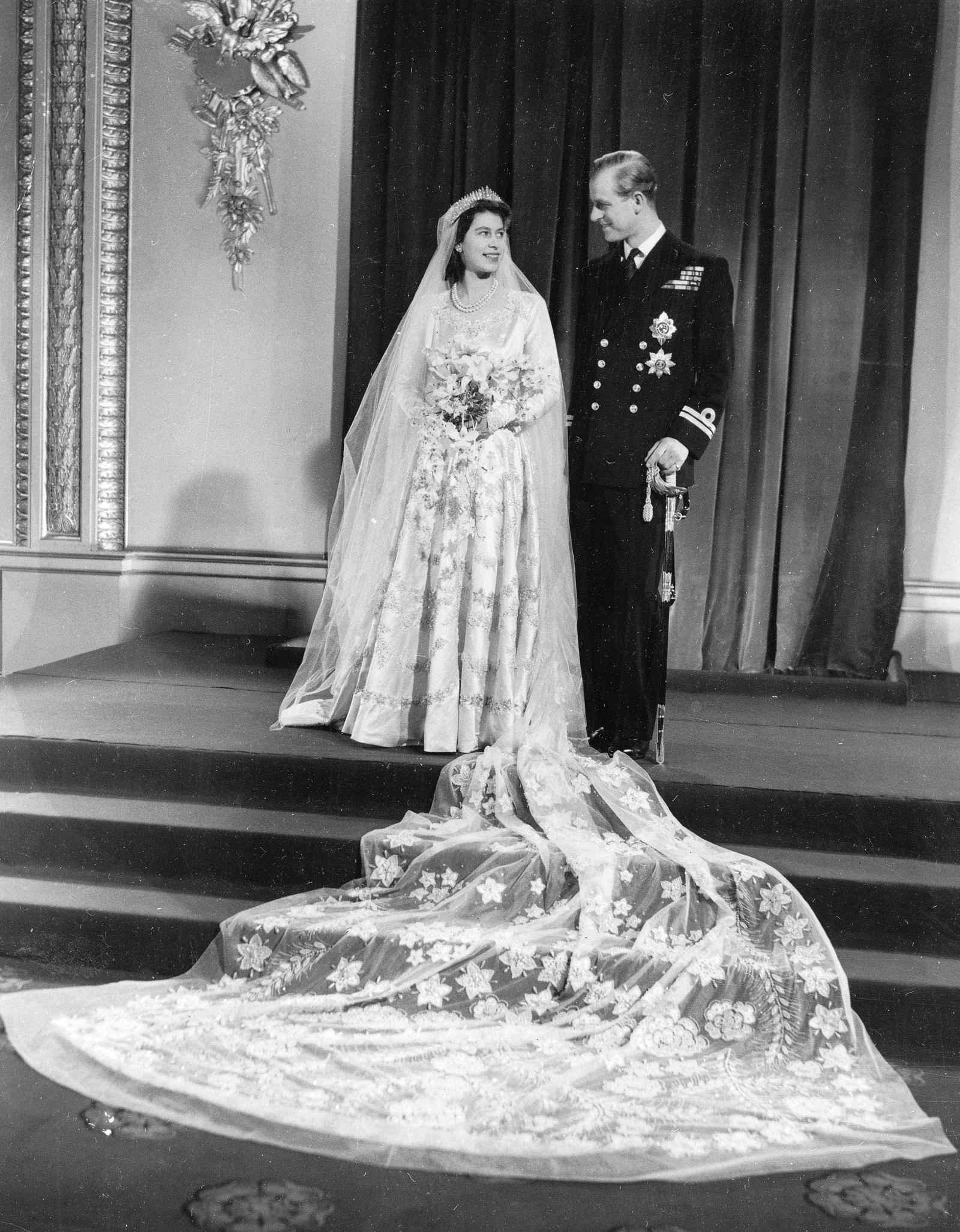
After honeymooning at the Balmoral estate in Scotland, the newlyweds moved to Malta, where Philip resumed his career in the navy, rising to the rank of commander. In 1948, Philip and Elizabeth had their first child, Prince Charles, who was born at Buckingham Palace. His sister, Princess Anne, was born two years later.
On Feb. 6, 1952, King George VI died while Philip and his wife were visiting Kenya. The Duke of Edinburgh was the one who told Princess Elizabeth that her father had died and that she was the new Queen of England. She was just 25 years old.
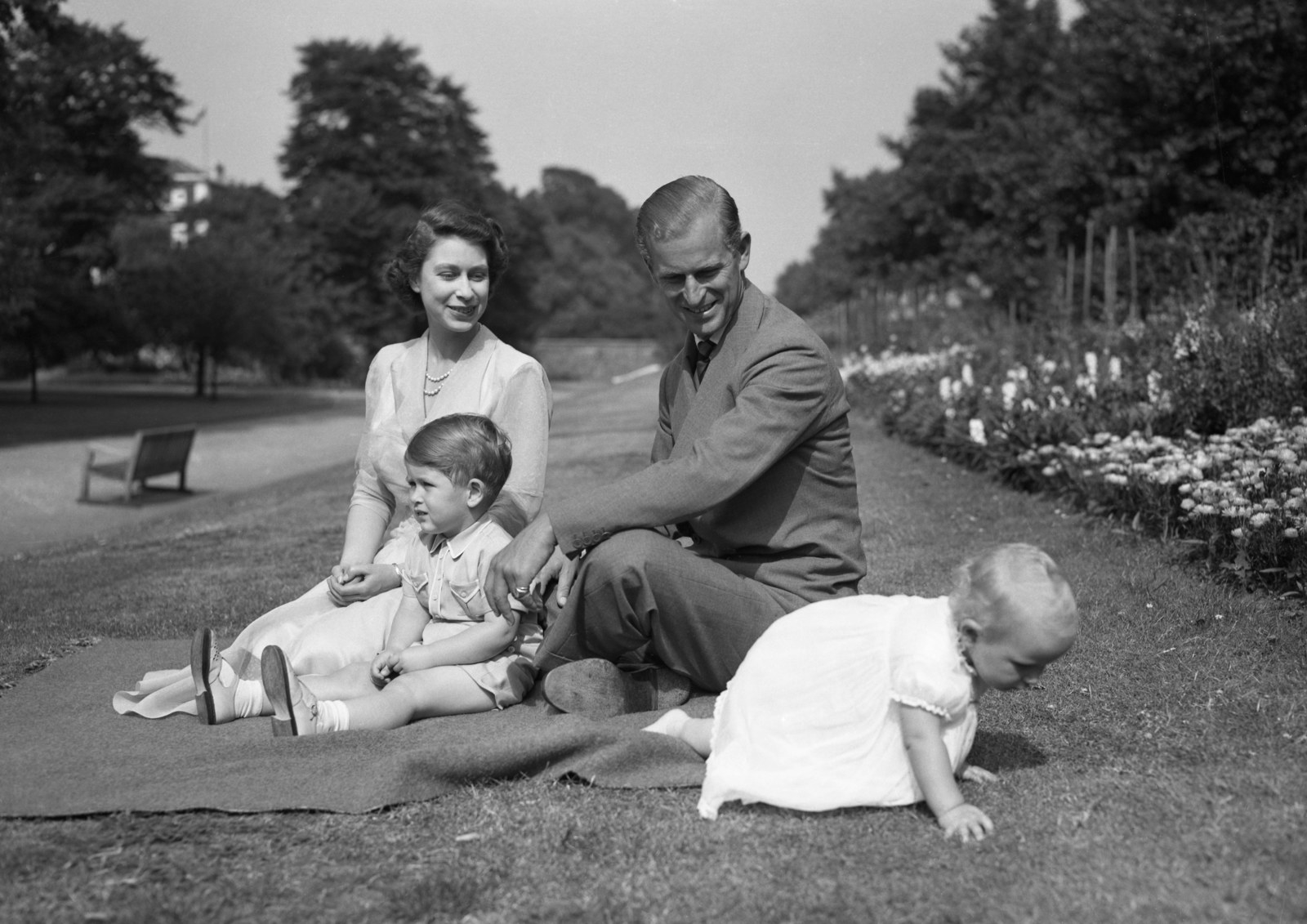
The Queen’s ascension to the throne meant the end of Philip’s naval career. “It was naturally disappointing,” he later said. “I had just been promoted to commander and the fact was that the most interesting part of my naval career was just starting.” In 2011, to mark the prince’s 90th birthday, the Queen bestowed him with the title of Lord High Admiral of the Navy, the ceremonial head of the force, in a move seen by some as recognition of the sacrifices he made professionally for his wife.
As the male consort to a powerful woman in a still traditionally conservative era, Philip struggled for some time to forge an identity. “There was no precedent,” he later recalled. “If I asked somebody, ‘What do you expect me to do?’ they all looked blank. They had no idea, nobody had much idea.”
The prince occupied himself, in part, by becoming a qualified pilot and by spearheading modernization efforts at Buckingham Palace and other royal residences.
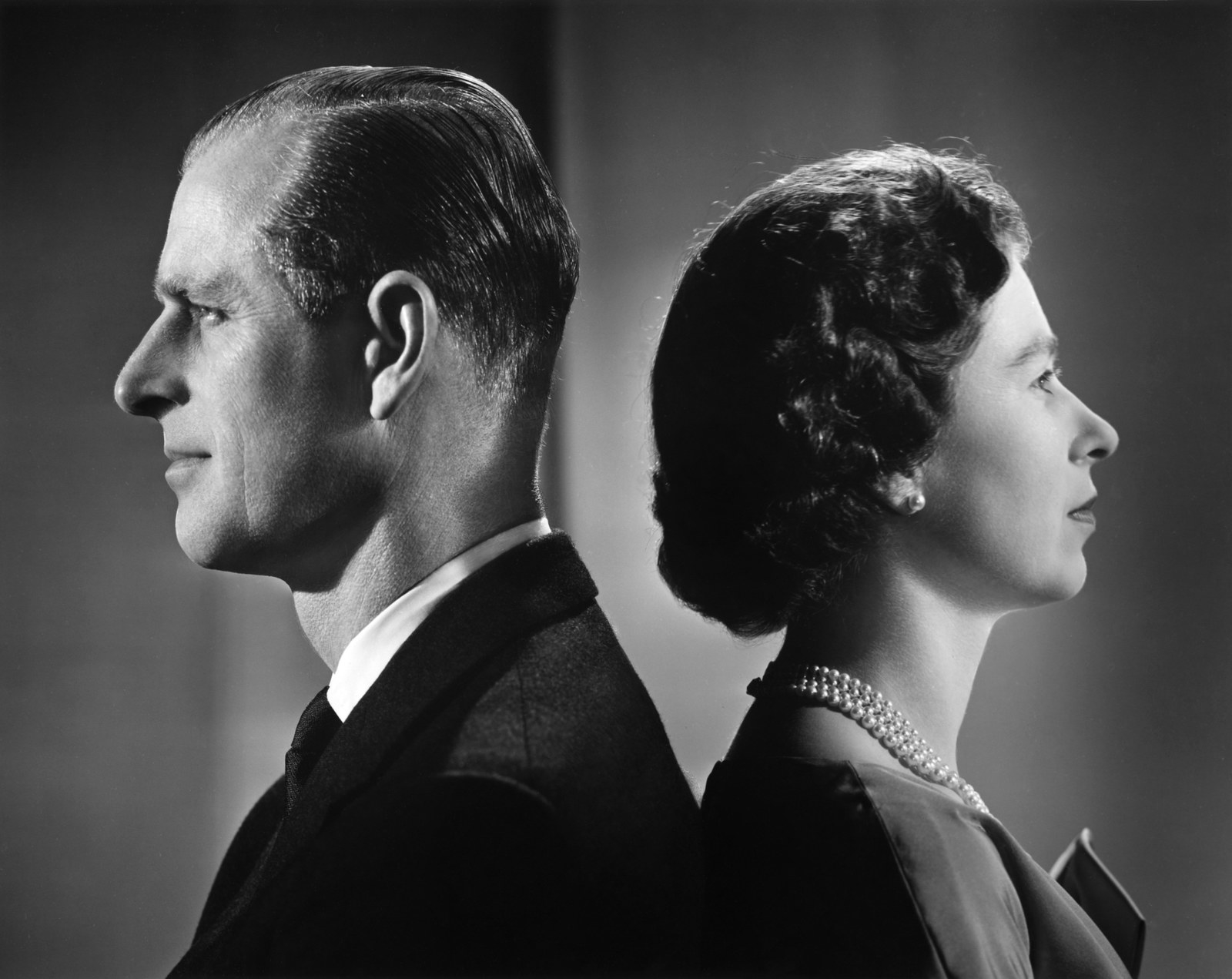
He also undertook a considerable amount of charity work during his lifetime, including championing environmentalism during his decades with the World Wildlife Fund (WWF). While insisting he wasn’t “a bunny hugger,” Philip framed his passion for conservation as a matter of practicality, rather than politics. “If we’ve got this extraordinary diversity on this globe, it seems awfully silly for us to destroy it,” he said in a 2011 interview. “All these other creatures have an equal right to exist here, we have no prior rights to the Earth than anybody else, and if they’re here, let’s give them a chance to survive.”
Natural historian and broadcaster David Attenborough described the prince as extremely knowledgeable and recalled being intimidated by him on their first meeting. “He’s formidable, he’s daunting, partly because of his position, but also because he is a very considerable intellect,” Attenborough said. “The first time I met him, it was absolutely clear that if you turned up and you hadn’t mastered the papers, he would detect it very quickly and you would be in trouble.”
In 1956, Philip also set up the Duke of Edinburgh’s Award program to encourage young people to complete social and physical development tasks. The popular scheme, inspired by Philip’s own time at Gordonstoun, continues to this day in dozens of countries around the world.
Later in life, Philip became infamous for his sometimes controversial and racist remarks during royal visits. During a tour of a Scottish factory in 1999, for example, he said of a fuse box, “It looks as though it was put in by an Indian.” And a year earlier, he said to a British trekker in Papua New Guinea, “You managed not to get eaten, then?” His remarks often caused headaches for the royal family, painting him as an out-of-touch relic from another era.
But his cousin, Countess Mountbatten, told the BBC that the prince’s off-the-cuff, plain-speaking style actually endeared him to many people. “He always speaks his mind, sometimes not necessarily with a high degree of tact,” she said. “But on the other hand, I think that people have come to expect that of him, and they really rather enjoy it and they think, how nice to hear somebody actually say what they think.”
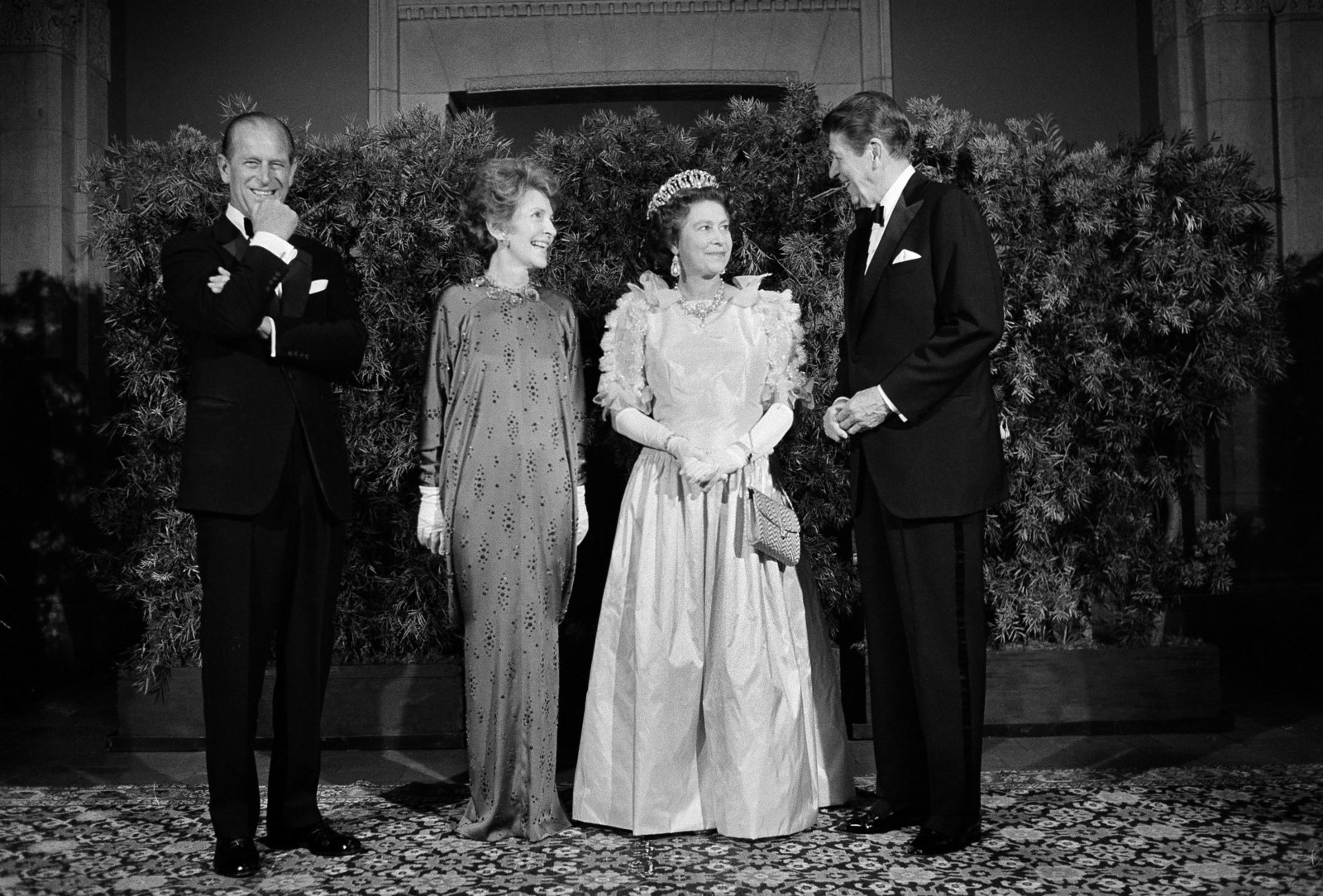
Philip’s environmental adviser, Martin Palmer, who first met the duke in 1985 and cofounded the Alliance of Religions and Conservation with him in 1995, acknowledged he could be prickly. “Get him on a bad day and it’s quite hard work,” he said. “Get him on a good day, and you really don't want to be with anybody else.”
Perhaps the prince’s most passionate fans, though, lived on a small island in Vanuatu. There, a remote community revered the prince as a deity and the embodiment of an ancient warrior.
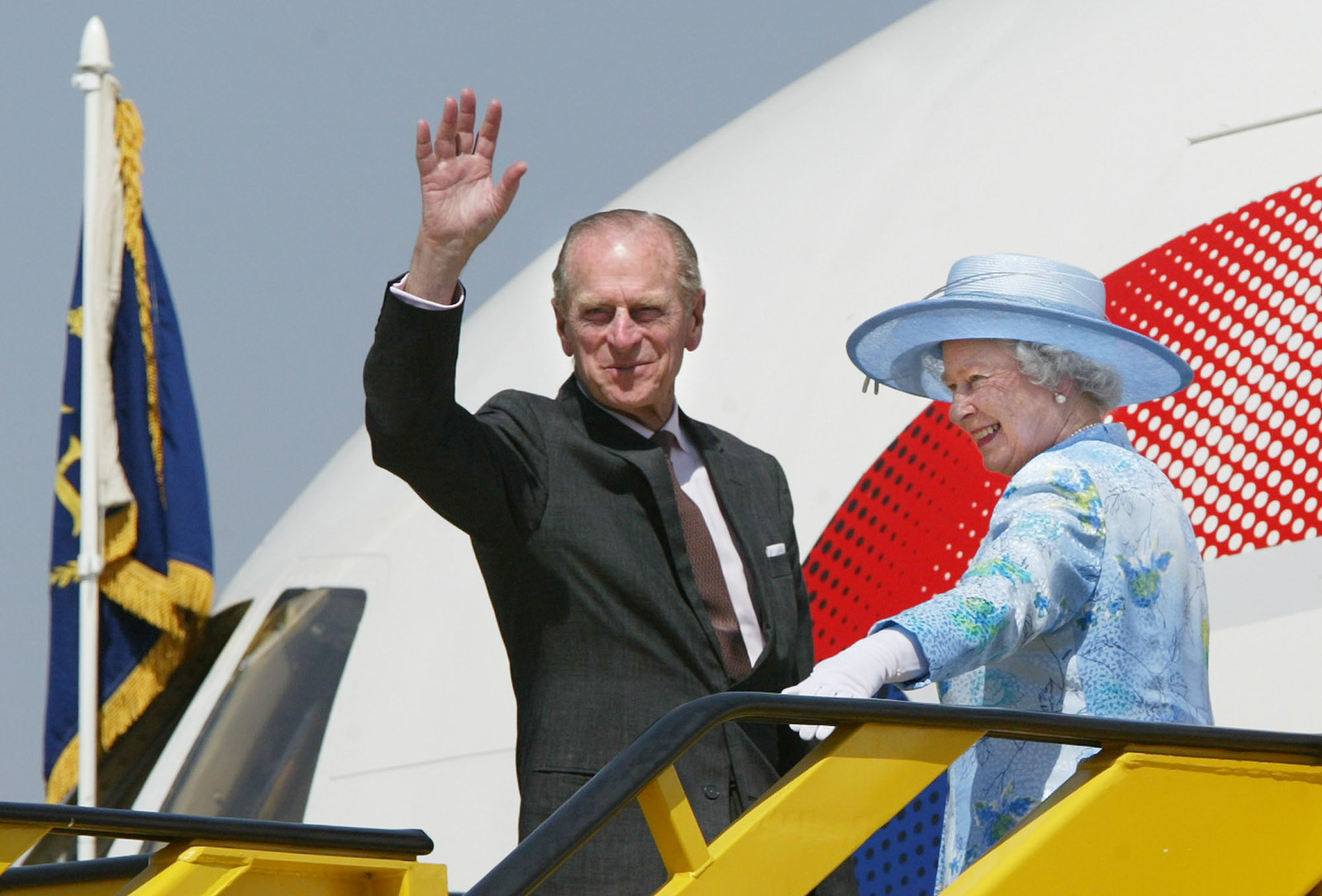
In 2011, it was announced Philip would be reducing his royal duties following his 90th birthday.
He told the BBC at the time, “I reckon I’ve done my bit so I want to enjoy myself a bit now, with less responsibility, less frantic rushing about, less preparation, less trying to think of something to say.”
In December of that year, he spent a number of days in the hospital after experiencing chest pains. He was also admitted to a hospital due to a bladder infection in 2012, and in June 2013 spent 10 days at the London Clinic after undergoing abdominal surgery.
In April 2016, Philip joined the Queen in celebrating her 90th birthday at a series of events across the country. He also hosted Barack and Michelle Obama, then the president and first lady, at Windsor Castle, driving them into the property himself.
The prince underwent hip replacement surgery in April 2018. He also survived a car crash at Sandringham Palace in January 2019, in which his vehicle collided with another and overturned. He later wrote to a woman who was injured in the other vehicle to tell her he was “deeply sorry.”
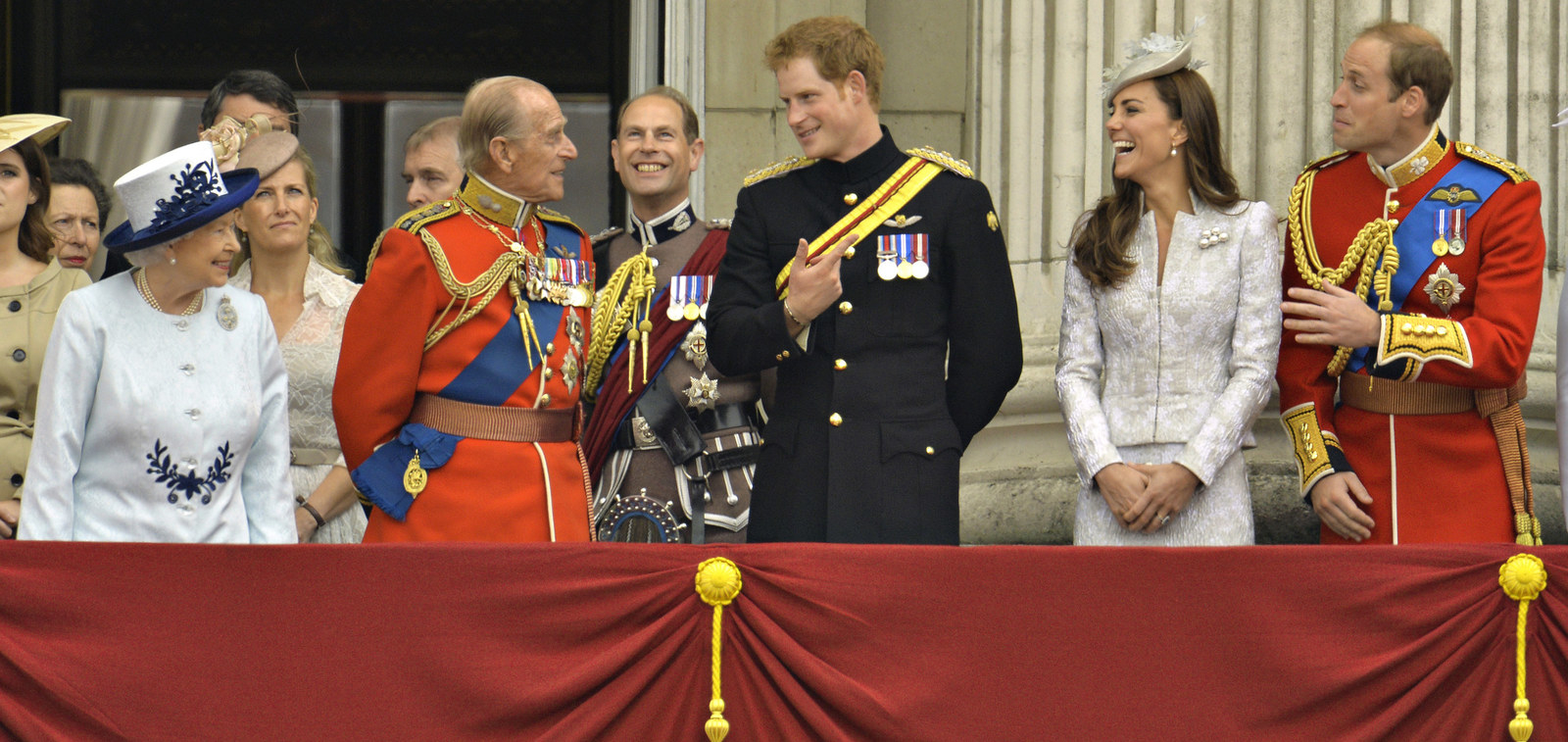
In May 2017, it was announced that Philip would be standing down from his royal duties.
A statement from Buckingham Palace said the Duke of Edinburgh had “decided that he will no longer carry out public engagements from the autumn of this year.”
“In taking this decision, The Duke has the full support of The Queen,” the palace said.
Recalling how the prince was the first royal to install computers in his office, historian Christopher Lee told the BBC in 2017 that the prince should be remembered as a naturally curious man.
“He will want to know about the big issues. He will know every single touch, nuance on Brexit, for example. He is briefed on everybody he is likely to meet, even people he will never meet and he takes it in,” Lee said. "I think he’s never stopped being an admiral. Admirals are like that, they have to be, and admirals never retire.”
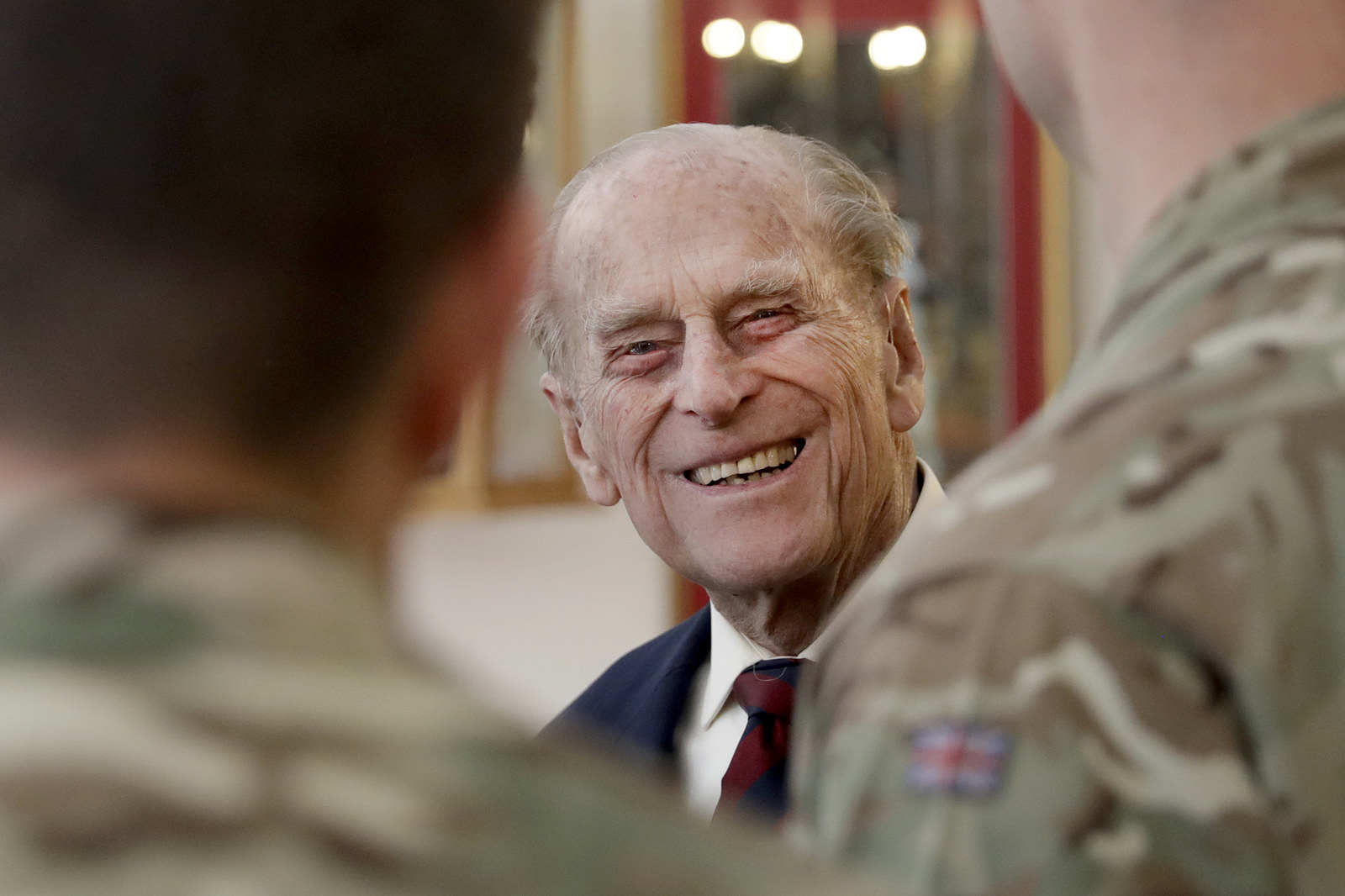
Correction: The Queen and Prince Philip have 10 great-grandchildren. A previous version of this story misstated the number.

